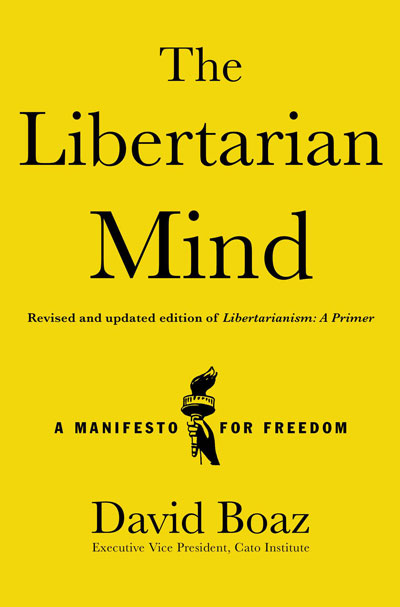Smaller Government Is More Popular Than Obama by David Boaz
Pollsters occasionally ask respondents questions along the lines of “Would you say you favor smaller government with fewer services, or larger government with many services?” As might be expected, the economic crisis and the repeated claim that the Bush administration has been tight-fisted and deregulatory have moved voters to the left on that question. But not as far as you might think. Ramesh Ponnuru recently summarized some of the latest evidence:
CBS pollsters have often asked, “Would you say you favor smaller government with fewer services, or larger government with many services?” On this question there seems to be a pro-government trend over the last dozen years — but we certainly don’t seem to be more pro-government than we were during the Reagan ’80s. In April 1976 the larger-government side had a four-point lead and in May 1988 a one-point lead. Polls from 1996 through Jan. 2001 showed an average lead of 20 points for the smaller-government side. By November 2003, however, the smaller-government side led by only 3 points, and in the latest poll (March-April) the sides are tied. The same pattern shows up in the results of a similar Washington Post/ABC poll question. People swung to a smaller-government view in the 1990s and then swung back, but the results from June 2008 (50-45 percent for smaller government) are roughly the same as those from July 1988 (49-45). But other indicators do not even find a clear pro-government trend for the last decade. Gallup, as well as ABC and the Washington Post, has asked for many years whether Americans think that government “is trying to do too many things that should be left to individuals and businesses” or “should do more to solve our country’s problems.” Almost always most people fall on the conservative side of that question: in September 1992 by an eight-point margin; in October 1998 by 12 points; in September 2002 by 7 points; and in September 2008 by 12 points.As I've noted before,
I’ve always thought the “smaller government” question is incomplete. It offers respondents a benefit of larger government–”more services”–but it doesn’t mention that the cost of “larger government with more services” is higher taxes. The question ought to give both the cost and the benefit for each option. A few years ago a Rasmussen poll did ask the question that way. The results were that 64 percent of voters said that they prefer smaller government with fewer services and lower taxes, while only 22 percent would rather see a more active government with more services and higher taxes.The Rasmussen Poll continues to ask that question, and indeed it has shown a shift to the big-government side in the wake of the economic crisis. In late September respondents supported smaller government by only 57 to 31 percent -- or about 20 points more than Obama's margin over McCain. The victorious Democrats should take note.
Posted on November 4, 2008 Posted to Cato@Liberty
Leave a comment
RSS feed for comments on this post.
Sorry, the comment form is closed at this time.
